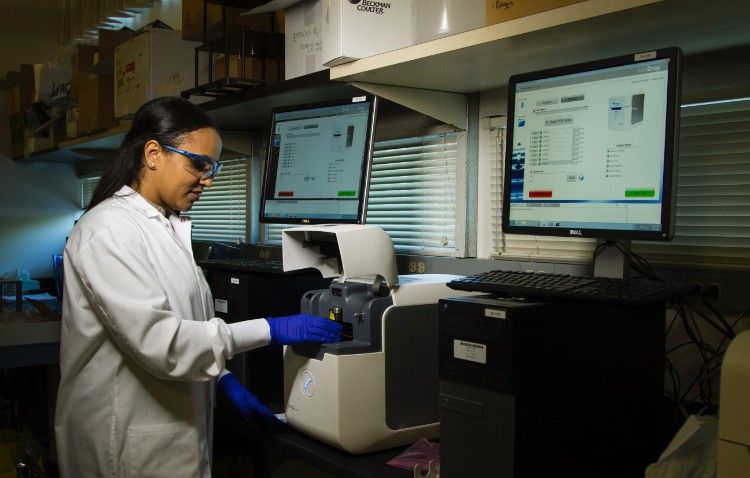
Fix the Bottleneck and All of Primary Care Changes
Recently I had the honor of appearing on CBN TV and the 700 Club with healthcare reporter Caitlin Burke in her segment Your Doctor Could Be a Total Stranger Soon. Among the many topics we discussed was the challenge of EMR’s, and how physicians list the electronic medical record as one of the key culprits to the accelerating primary care crisis. She’s right. We all know the EMR is essential, but if you do not use it right, it can be a sharp two-edged sword that can destroy your practice. I have been there. I was spending more time looking at the computer than my patients. I dropped from 35 patients a day to 20 patients a day and dozens of my patients could not get in to see me when they needed me. I was losing $80,000 a year, everyone was unhappy with the chaos – my staff, the patients and my family that hardly knew me. I knew the problem was in the exam room. That’s where the bottleneck forms. So for me, I was so frustrated I knew I had to innovate – or retire. So I took myself off of the computer and brought my nurses into the exam room with me. I trained my nurses to do everything I used to do with the patient’s preliminary medical data, and ask all the right questions for both this episode of care and the prevention questions so important to older people. This began to change things immediately. I was able to see more patients, seeing all of the urgent call-ins every day. We increased our available appointments to 35 a day, completely turning around the finances of the practice. Our nurses loved it, and the quality went straight up. And most importantly, I got my life back.
You never see a judge leave the bench and do the stenography for a trial. You never see a surgeon come in the OR without his scrub nurses. And you should never see a highly trained primary care doctor spending more time looking at a computer screen than the patient.